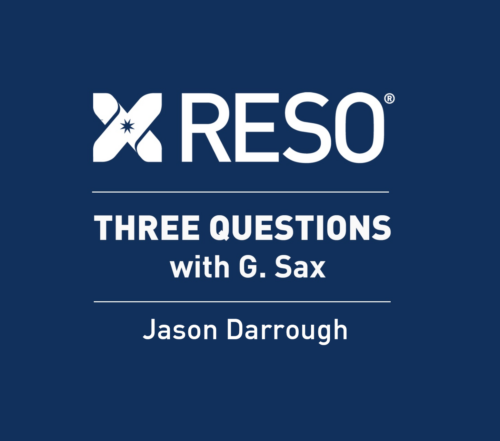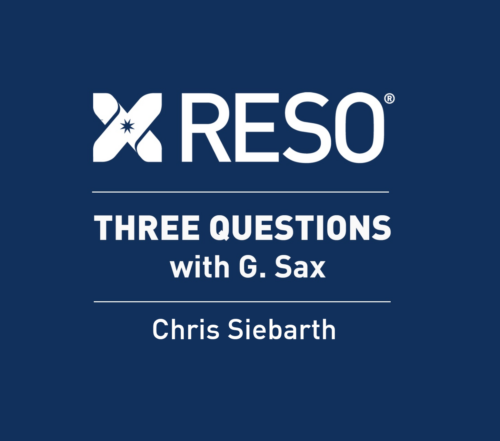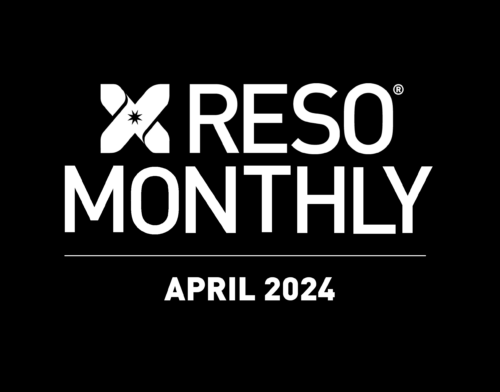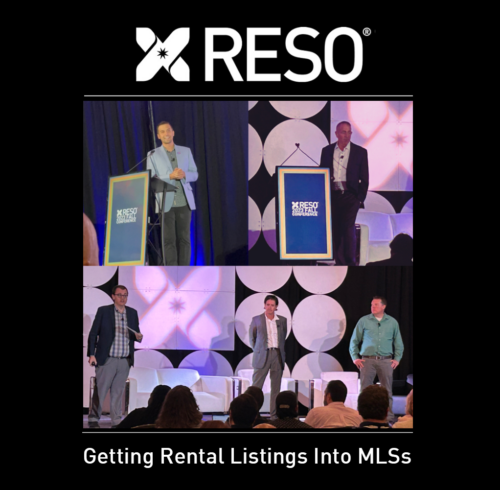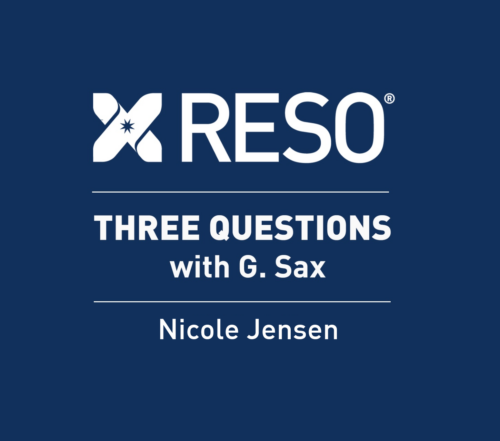When you bring together the talents of the U.S. Department of Energy’s Home Energy Information Accelerator folks, the Real Estate Standards Organization (RESO), the Council of Multiple Listing Services (CMLS) and the National Association of REALTORS®, something pretty powerful can happen.
One early achievement: we’ve just released a new Home Energy Information Guide for real estate professionals. It’s designed to do two things: help real estate professionals understand how to provide home energy information to consumers and also help facilitate multiple listing services in delivering verified energy data.
This really is just the first step in our ongoing joint effort to meet consumer demand for home energy information while, at the same time, creating standards for the industry when it comes to energy information so that we are all talking the same language.
Need for Green
Here’s what we know: research indicates that as much as 70 percent of U.S. households consider energy efficiency as important, and that the average household energy consumption costs $2,500 per year. Now that’s higher than the average U.S. household pays for property taxes and homeowner’s insurance combined!
This tells us that the movement towards cost-effective investments in household energy efficiency is vital to a homeowner and when that homeowner becomes a seller, a home that has energy efficiency features can make it more attractive to a buyer than a home without these energy features.
RESO Contribution
The core component that RESO contributed to the Home Energy Information Guide is the latest RESO Data Dictionary “green fields” and energy related definitions. The Guide also features and provides text and values of the green fields that are offered to MLSs in drop-down menus or through auto-population. Local MLSs are also advised to determine which energy programs to include in their listings based on local presence and potential for growth in their jurisdictions.
All of this is done with two key objectives in mind: let’s make it easier for real estate agents to share information about the energy features of the homes they list for sale in the MLS, and let’s find a way to get that information to consumers because they are demanding it.
“The Home Energy Information Guide is a great example of how standards can inspire collaboration and creativity. RESO has included green fields for years in the Data Dictionary,” said RESO member Laura Reedy Stukel, a broker with L.W. Reedy Real Estate in Chicagoland. “For the first time, an efficiency professional, like a home energy auditor and a real estate agent and an MLS programmer, is using common terms and concepts.”
Appraisers also are benefiting from this movement and the collaboration because they too need to provide to lenders the energy improvements that add to the value of these homes. Think about it: if a consumer is buying a home that is reducing their monthly energy spend by hundreds of dollars, shouldn’t this be something that a lender considers? But if the appraiser isn’t given the information in a consistent way, it makes it difficult, if not impossible for them to provide the consistent data a lender would need to take energy improvements into consideration.
Collaboration is key
What makes this Guide an exciting step is the process that was created to make it a reality. We work closely with CMLS and NAR and know how much more we can do, and how much more effective and efficient we can be when we work together. By joining forces with the Department of Energy’s Home Accelerator, we broaden both the scope and the expertise that makes our collective work product that much better for our industry.
Amanda Stinton, who is Director, Sustainability & Green Designation at the Center for Specialized REALTOR® Education for the National Association of REALTORS®, said it best:
REALTORS® can leverage the information in the new Home Energy Information Guide as a way to promote the importance of adopting and implementing the green listing standards RESO has developed for our industry. Implementation of green MLS fields is important, but agents must also know how to use these MLS fields when listing a property so they can convey value about the high performance features in homes to their clients.
Our 2017 REALTORS and Sustainability Report shows that 71 percent of REALTORS said promotion of energy efficiency features in homes is valuable, giving them a market edge to clients interested in more efficient, sustainable properties.
This is just a first step towards really modernizing real estate to be more in synch with what both consumers want and what real estate professionals need.
You can download the Home Energy Information Guide here.
MLSs can also review the most current list of fields and groups contained within both the GreenMarketingGroup and the GreenVerificationGroup that are part of the RESO Data Dictionary Wiki v1.5. MLSs that have not implemented green fields can learn more details by reviewing the Green MLS Tool Kit, maintained by NAR.
If you have any questions about RESO Data Dictionary green fields (the back of the Guide contains a list of the RESO Data Dictionary Green Fields & Definitions v1.5) or want to get involved in RESO’s efforts in this area, email us at info@reso.org.

